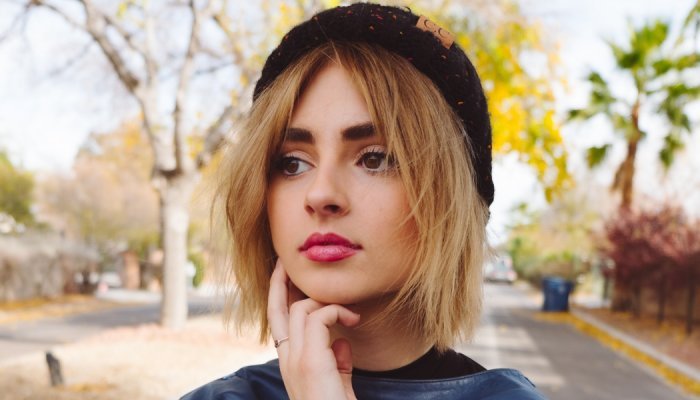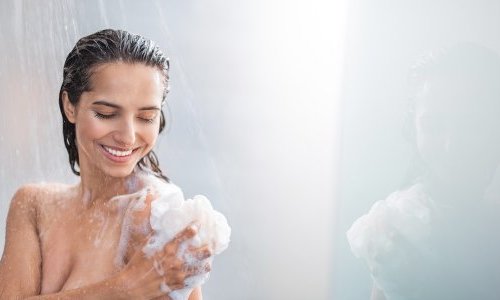The first Covid lockdown proved fatal for makeup. Once restrictions eased, venturing out involved a face mask — sometimes mandatory — once again disputing the beauty habits of people who did not seem to have the heart nor the time to get made up, only to end up hiding the result behind a face covering. Surveys and cosmetics sales reports were soon unanimous: women had abandoned makeup, especially lipstick, to embrace a more natural, authentic approach to beauty. A phenomenon also driven by the body positive movement and the drive for self-acceptance, with celebrities like Alicia Keys leading the way by shunning all things fake and focusing more intently on skincare.
A balance between skincare and makeup
This desire to take care of our skin, to protect it from external factors and the damaging effects of aging has resulted in a skincare boom that’s been going on for months, even years, with much interest in new, more natural formulas, and the rise of holistic beauty. This was seen on social networks, with the multiplication of new techniques, like ’glass skin’, ’jello skin’ or ’status skin,’ intended to achieve a flawless, glowing finish. If this trend is far from being obsolete today, it seems that Gen Zers in particular want to reconnect with their pre-pandemic ways — in other words, with makeup.
The latest Piper Sandler Companies semi-annual Taking Stock With Teens survey [1], conducted among 5,690 US teens, averaging 16.2 years of age, reveals that for the first time in three years, teens spent more on makeup products than on skincare.
Makeup is once again the top beauty priority for teens, with an estimated annual spend of USD 123, compared to less than USD 120 on skincare. A figure that actually reflects a certain balance between the two segments, although spending on cosmetics products has increased considerably in one year, to the tune of +32%, compared to +11% for skincare.
Natural makeup
This renewed interest in cosmetics has also been seen on social networks, where members of Gen Z are constantly sharing tips and tricks of all kinds. From mascara cocktailing to hot glue gun makeup and diamond lips, the latest beauty inspirations going viral on TikTok have mostly been makeup techniques, often featuring eye-catching or eccentric beauty looks. This doesn’t take anything away from young people’s desire to aspire to a more natural kind of beauty, often with cleaner and more sustainable products. So while the #nomakeup hashtag has more than five billion views on the social network, there’s also a need for singularity, extravagance and fun.
According to Piper Sandler Companies. Originating during the pandemic, the ’no makeup’ trend could be running out of steam.], almost half of teenagers (45%) say they wear makeup every day, which is more than double the number in 2021, a year still marked by the pandemic and then by the return to ’normal’ life.
Evidently, each period has its own beauty habits, but it seems that in the spring of 2023, teenagers have decided to forget this long and gloomy era to well and truly get back to ’normal’ life.





























